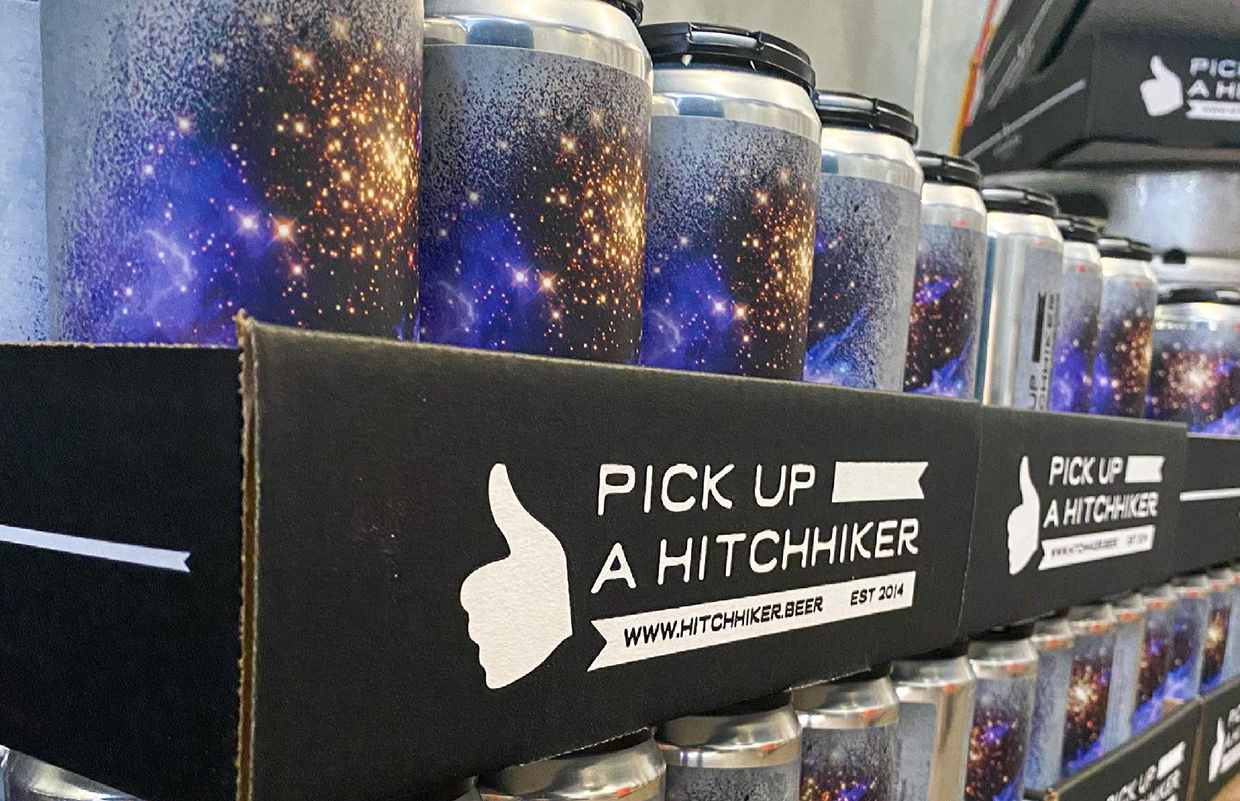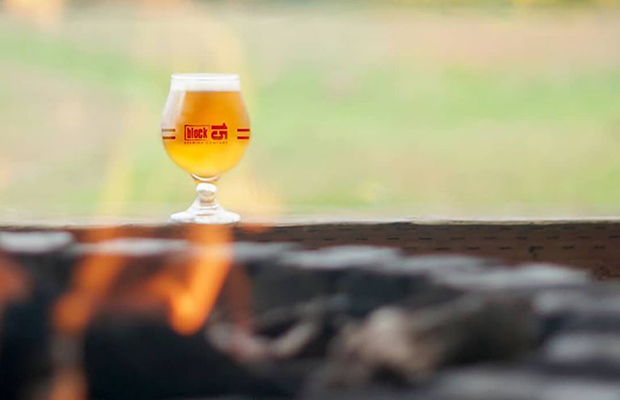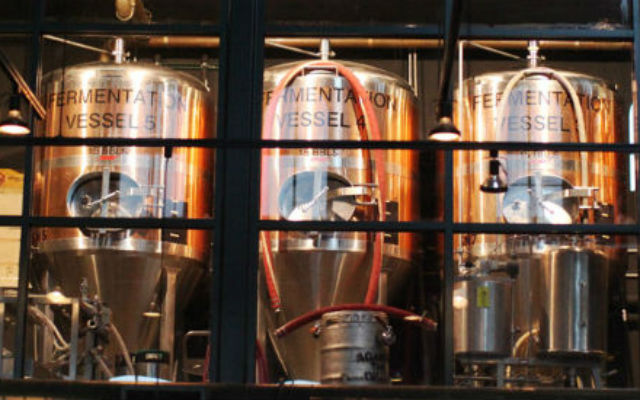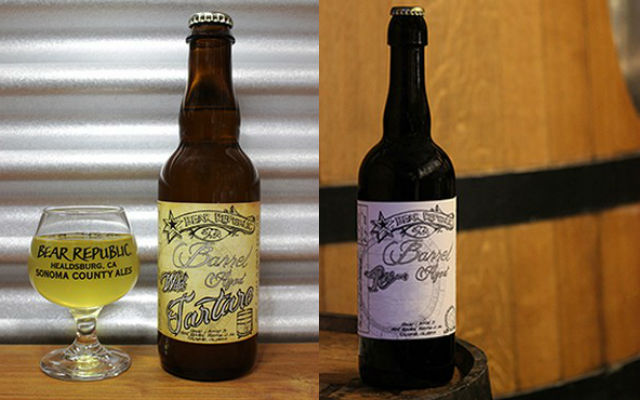
Yes, the margins can be better for a small-batch release that is put on draft in your taproom, but for Pittsburgh’s Hitchhiker, canning it and selling it out in the general market has its place as well.
Sales Director Dustin Michaels said he “fights” to make sure that wholesale partners aren’t just left with core brands and seasonals to sell to the public. Mixing in small runs can help improve retail relations, he said, and be helpful down the line when it comes to adding another brand to the shelf down the line.
“We have to send some of this stuff out,” he said as he shared some beers with Brewer recently, pointing to a brand like Whole Punch: Jelly Donut, a Milkshake IPA brewed with donuts and conditioned on raspberries and vanilla beans.
”We can’t just continue to send X and Y beer and keep A and B beer here,” he said. ”You can do a little bit of that. But if you want to be successful with all of these people you’ve kind of got to spread it around.
”I think we do a pretty good job of working with our partners in the wholesale side of things and giving them … maybe not access to the whole cookie jar … but at least keep them happy enough.”
READ MORE: Hitchhiker Finds That Old School Can Mix with New
The brewery’s biggest grocery chain is Giant Eagle, but Michaels said they work with a large retail outlet the same way they work with a local bottle shop.
“We do events with the chains, we do events with the small guy,” he said. “We also offer them pretty much the same menu. That’s definitely important to us. We’re not going to work with the chain, just to move volume. That’s never ever been the goal. Ease of access to get our beer is a big part of that, but not cutting anyone out to do that.
“Giving the small guy an opportunity to have an event or to have a rare draft or whatever it may be … we work well with both sides to keep everyone happy.”
The brewery launched with a much more basic menu of beers and adapted quickly to include things like sours, NEIPAs, and pastry stouts, but Michaels feels that the sales volume is in “newer” releases like packaging a Kolsch-style.
”I remember when we talked about making that,” he said. “We debated on if we put it in the big tank or a small tank. (Head Brewer) Andy [Kwiatkowski] and I, we’re kind of like, let’s do it in the big one and just see what happens. This is the thing that we’re getting the most vocal people about. They want this lower ABV, easy-drinking , and beer-flavored beer. So far, just based on wholesale orders for it, everything has been great. I think this is going to be a huge success.
”Does that change what we’re up to, in the next six months? Or the rest of the summer? Maybe. Does that change what we do in planning all of next summer? We’re not sure yet.”
Part of growth is planning for the future and the brewery which produced around 2,000 barrels per year has learned lessons from flooding the market with similar brands at the wrong time.
”Making too many dark beers towards the end of winter type of situation, or just banging them out one after another,” Michaels said. Those lessons have helped shape future production schedules.




Be the first to comment